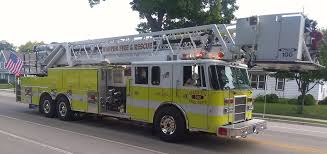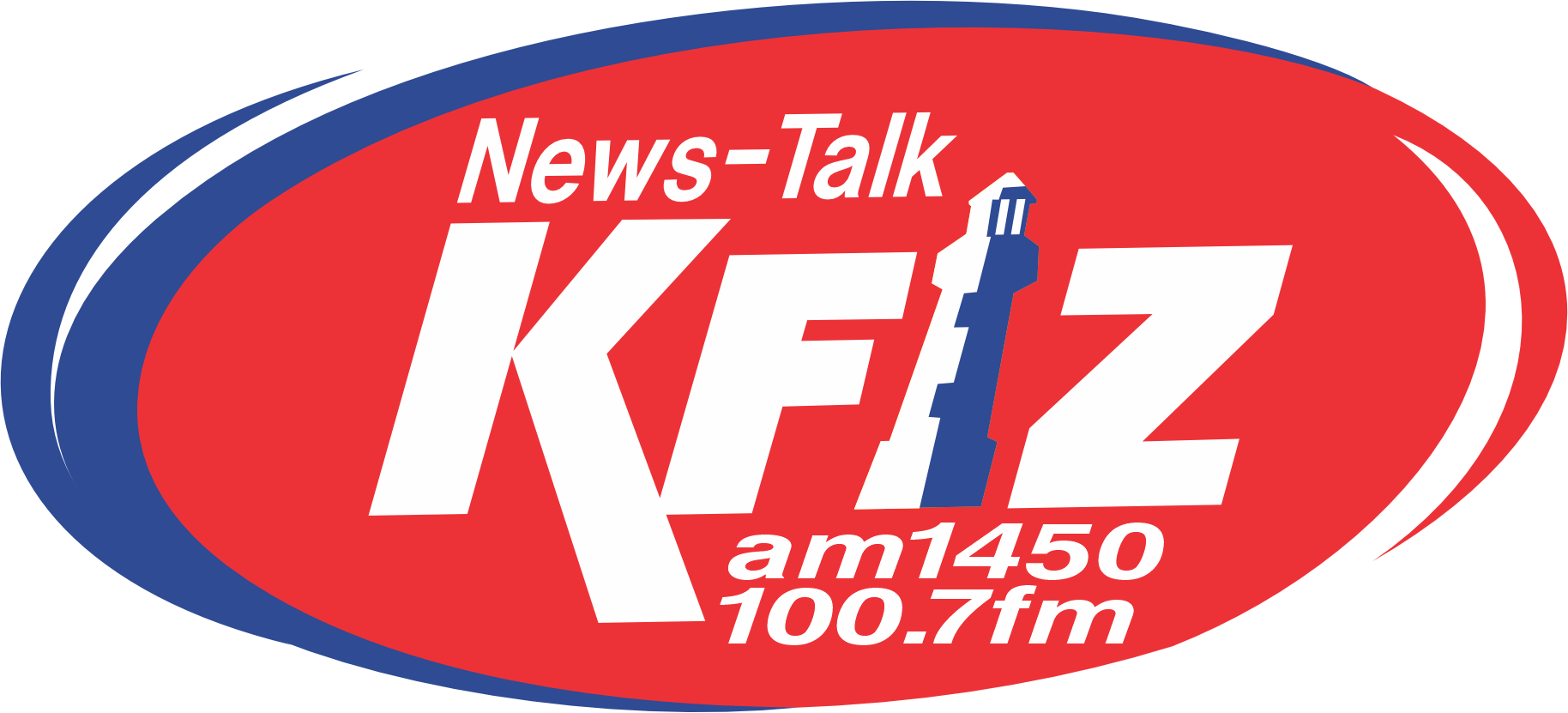Local News
City of Waupun releases results of fire and emergency response staffing study

The City of Waupun held an intergovernmental meeting on Tuesday, April 30, 2024 where Tim Franz with Public Administration Associates presented the findings of a fire and emergency response staffing study.
Call volume for both fire and emergency medical response services has been on the rise with city data showing a decline in available responders as well as times that the contracted ambulance service was unavailable for 911 calls.
The staffing study was commissioned in 2023 by the Waupun Common Council to evaluate and recommend a staffing structure that ensures sustainability of essential
emergency response services for city residents.
The City of Waupun Fire Department currently provides Fire and Emergency Medical First Response service to the City of Waupun, using Paid-on-Call (POC) volunteer
responders. The Waupun Community Fire Department provides fire service to the unincorporated Town of Waupun in Fond du Lac County and the Towns of Trenton and
Chester in Dodge County.
Ambulance transport service is provided by the City through a contracted provider and serves City of Waupun residents and residents from nine neighboring
jurisdictions, which is roughly 200 square miles of service territory.
Findings of the study provide a roadmap for how the city should plan for staffing changes with the goal of ensuring reliability of emergency response services over time. The
report outlines a series of recommendations that include the following:
▪ Combining City and Community fire services is strongly recommended due to the ability to reduce cost overall for residents. Training time could also be reduced as would the elimination of duplicate equipment required by both departments. In the near future, both the City and Community departments face costs to replace a ladder and engine respectively and combining now would eliminate the cost of the engine replacement, estimated at $1M.
▪ The POC rosters for firefighters must be expanded from 28 to 38 volunteers to ensure adequate coverage. The department currently is staffed at 23 of 28 available POC
positions with no one on the roster under 33 years of age. Downward trends in volunteerism and an aging roster of firefighters demands careful monitoring and eventual adaptation of the service delivery model to ensure long-term sustainability. This could include a combination of more full-time staff, but in all cases still relies heavily on a strong paid-on-call volunteer firefighter roster. More resources must be devoted to recruiting younger volunteers to the department.
▪ An Emergency Medical Responder (EMR) program was added in 2022 to improve emergency response times and address gaps in service when no ambulance was available. During those times mutual aid from neighboring communities is called and emergency medical response is delayed. The addition of the EMR program has
positively impacted patient outcomes; makes good fiscal sense; has reduced EMS assists for POC firefighters; and, has saved police officer time and improved safety,
which is essential to address police staffing shortages. While the service should be continued, downward trends in volunteerism will also impact EMR response and will
need to be monitored similar to fire staffing. An action plan will be needed to determine steps to address workforce trends impacting service performance.
▪ If the City maintains a status quo service model, contracts with the current ambulance provider should be renegotiated to increase service levels and address service gaps
currently being experienced, however, it is likely that this will come with added cost and City levy limits may not support more costly service delivery. In any case, the costs
should be evaluated against the cost to bring the service in-house.
▪ Both fire and EMS would benefit from shifting to a combination service delivery model with more cross-trained, full-time staff. In a combination department, the city would
hire firefighter/paramedics that could respond to fire or ambulance calls. Ambulance revenues would reduce overall cost of service delivery and allow the city to add fulltime staff to complement the Paid-on-Call rosters. This would increase the predictability of fire response and improve reliability of ambulance services in the district. Even with this type of shift, the city must maintain a strong Paid-on-Call roster of Firefighters and EMRs to support service delivery.
▪ The City has leveraged grant funding to add two fully-equipped ambulances as part of the EMR service program. This equipment enables an affordable transition of the
service delivery model to a combination department and strengthens both fire and EMS response capability. Additional grant opportunities exist to support this transition and should be explored as appropriate.
▪ Improvements to the public safety building are needed to address immediate and future staffing needs of the department. Things such as showers and lockers are needed now to allow firefighters to remove exposure to carcinogenic contaminants after a fire incident to reduce health and safety risks for our volunteers. Additionally, shifts to any form of full-time staff with paramedic capabilities will require reconfiguration of the facility to meet department operating needs. Work needs to be done to assess department needs. City staff are exploring grant opportunities to underwrite some or all of the needed improvements.
City Administrator, Kathy Schlieve emphasized that more conversation with the community is needed, stating that “the City is at its levy limit and any path forward requires
community support. We need to remember that this is a high-level analysis and next steps must include community discussion and more detailed analysis to confirm budgets and supporting operational plans.”
The copy of the presentation and the full report can be viewed on the City of Waupun website. The Waupun Common Council will next discuss this agenda item at their May 28, 2024 Committee of the Whole meeting.


